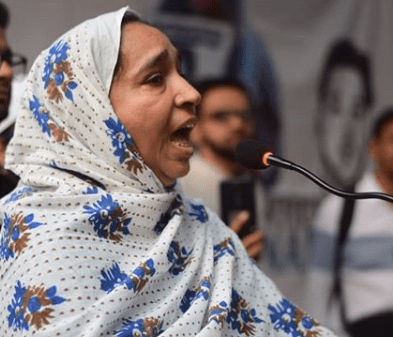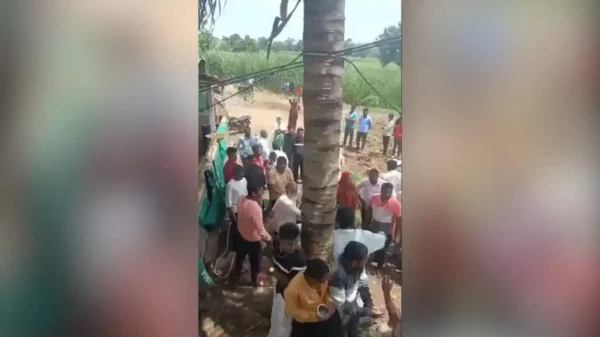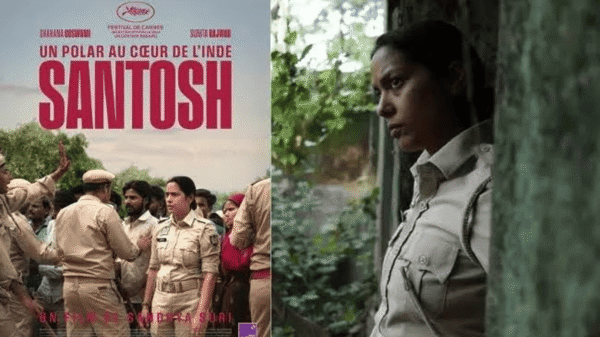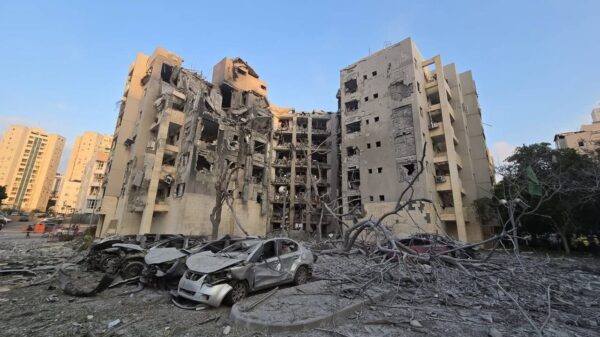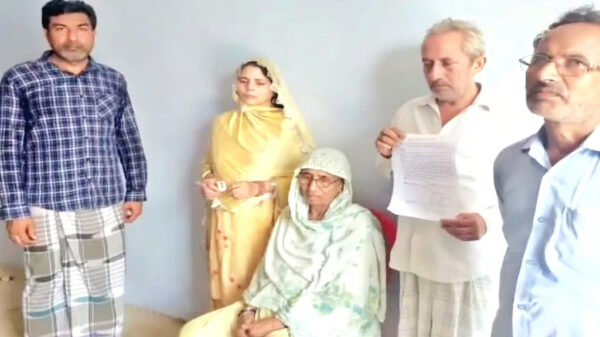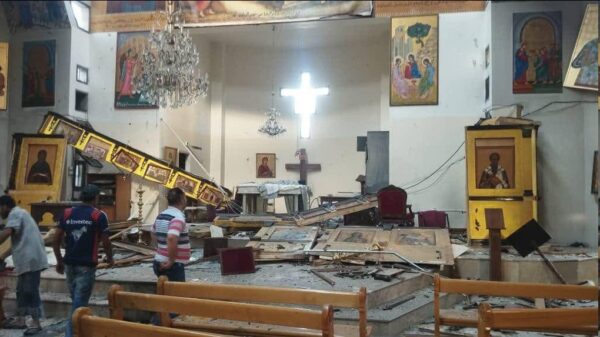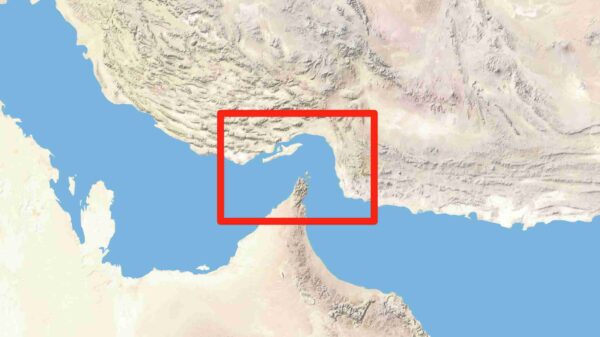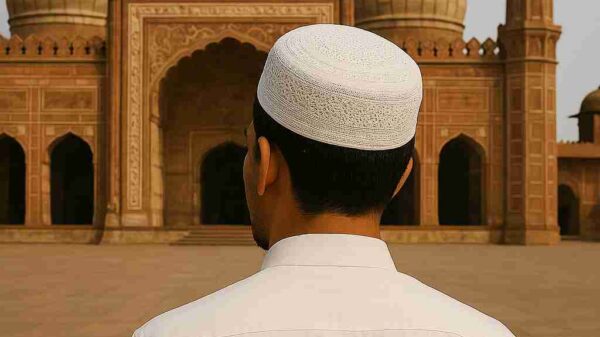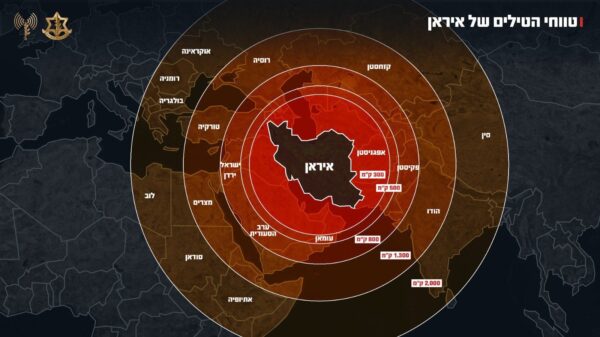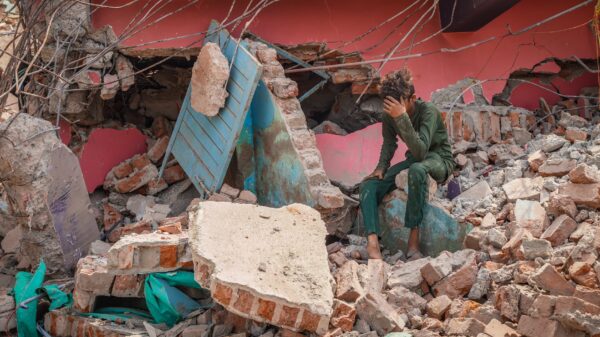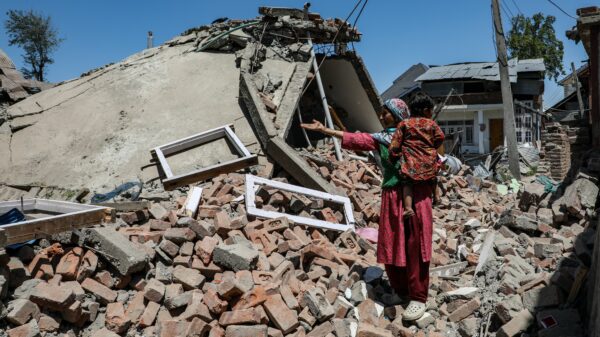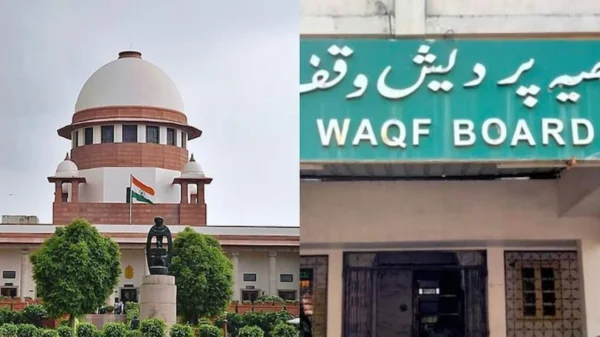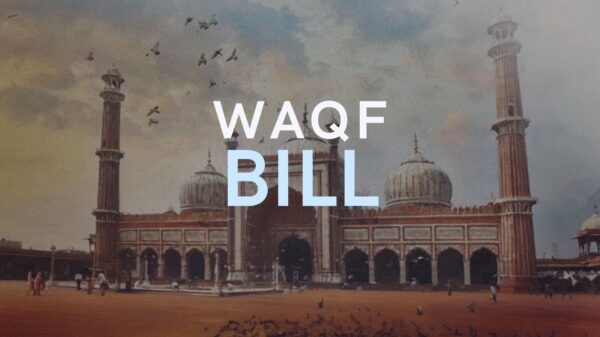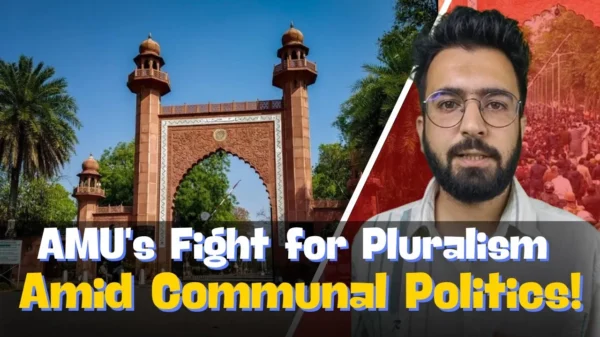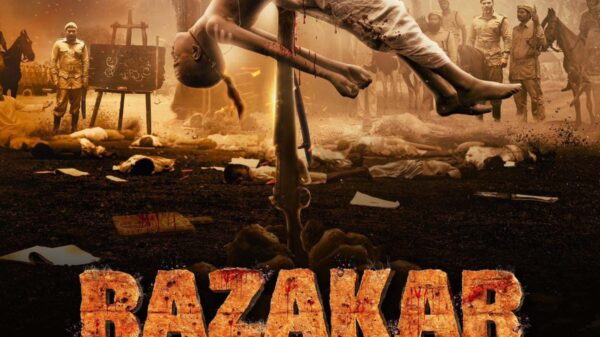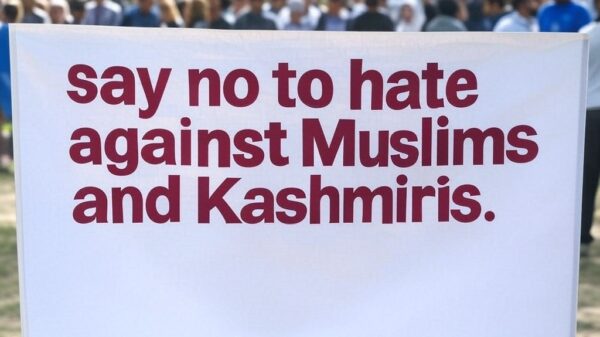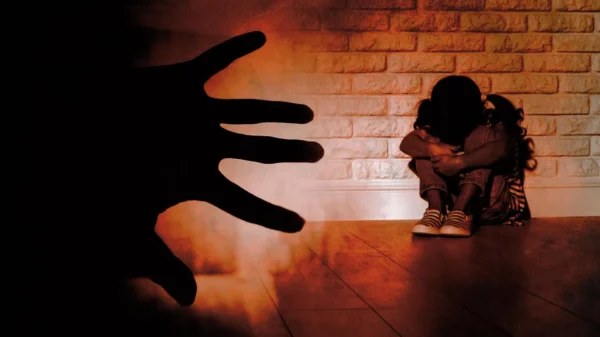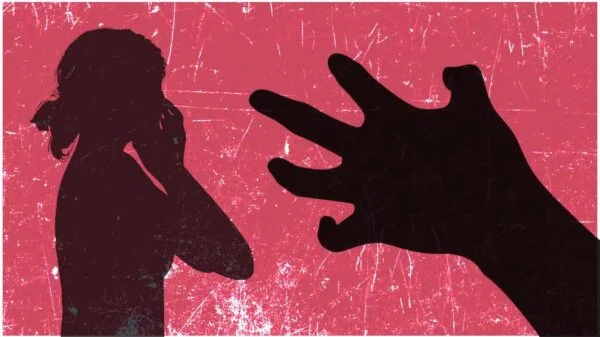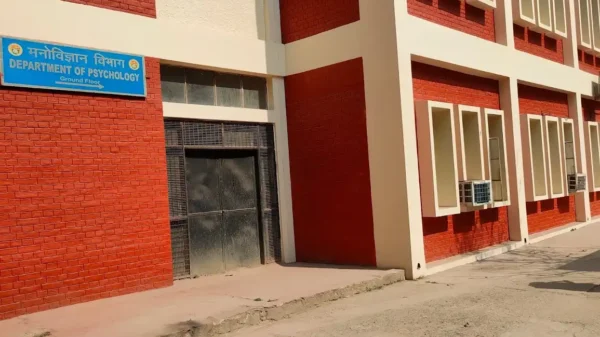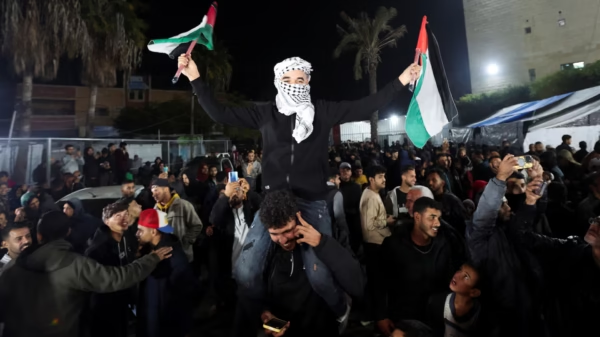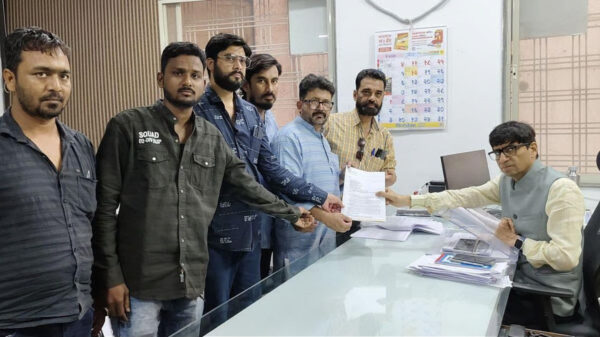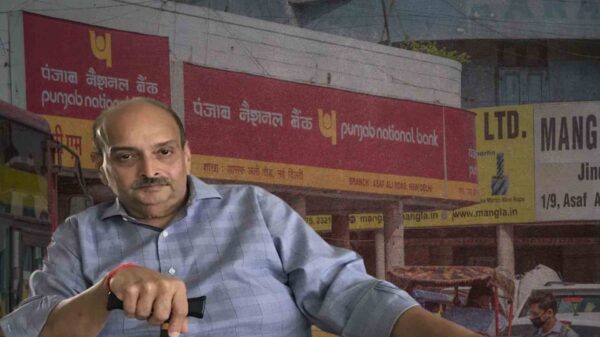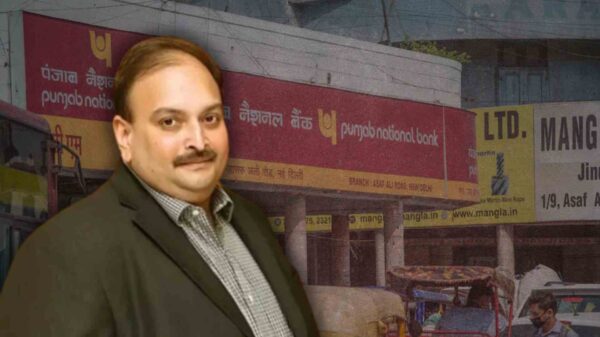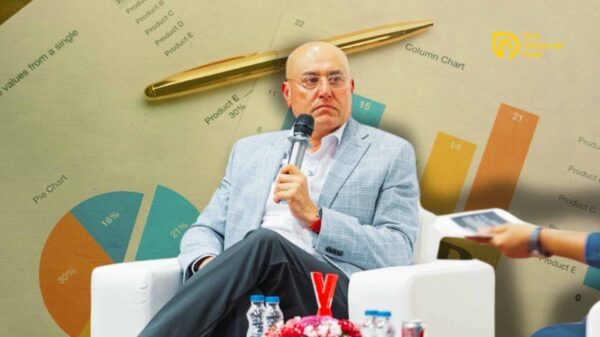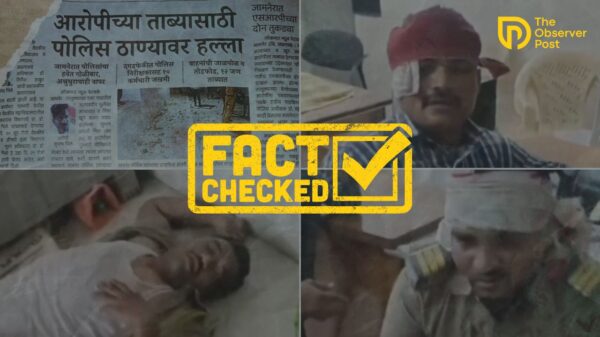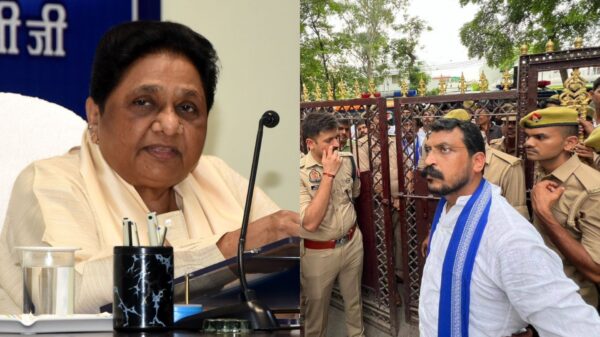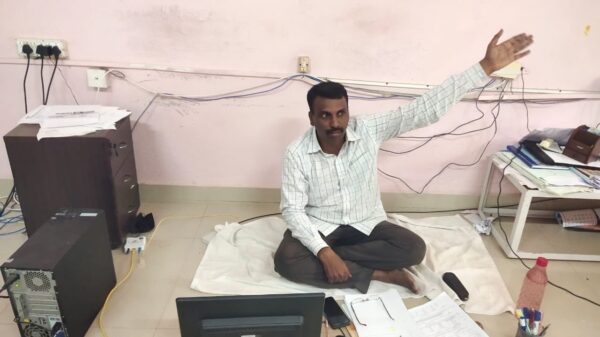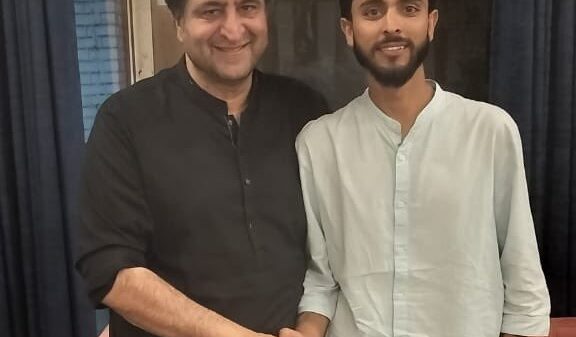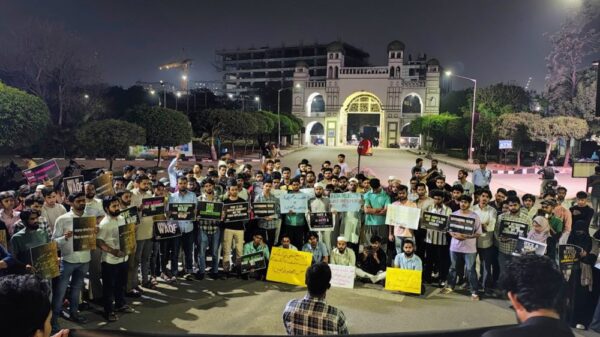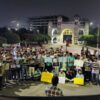SYED AFFAN & UTHARA U R
Suluq Jamal, a ragpicker in his late 40s, was on his way back from Fajr namaz two weeks ago when he stopped at a tea stall near his home. There, he was unexpectedly picked up by the police and taken to the Jaitpur police station. He was forced to produce his identification documents to prove he wasn’t a Bangladeshi immigrant. “They take us away without any reason. There is always this lingering fear,” he said.
This fear has gripped Muslim neighbourhoods like Madanpur Khadar, where heightened policing has followed a directive from the Delhi L-G Secretariat. On December 12, the Secretariat instructed the Delhi Chief Secretary and Police Commissioner to launch a special drive over the next two months to identify and take action against “illegal immigrants from Bangladesh” residing in the city.
The move followed a meeting between L-G VK Saxena and a delegation of Ulemas and Muslim leaders from Dargah Hazrat Nizamuddin and Basti Hazrat Nizamuddin. The delegation expressed “deep concern” over attacks on Hindus and other minority communities in Bangladesh and demanded stricter measures against what they called “illegal Bangladeshi infiltrators” in Delhi.
Their demands included denying “illegal Bangladeshi infiltrators” housing, employment, and even school admissions for their children, as well as cancelling identity documents allegedly “obtained illegally”.
This directive has amplified fear and uncertainty in marginalized communities across Delhi. In slum clusters like Madanpur Khadar, residents like Suluq live in constant apprehension of being targeted. “They know we are from Assam, but still, they come to harass us,” he said.

While police verification drives have already begun in neighbouring lanes, Suluq fears the knock on his door, despite possessing all necessary documents. “They are calling everyone here Bangladeshi. If a Muslim doesn’t have ID, they’ll label them Bangladeshi and take them away,” he said as he talked about the anxiety shared by many in his community.
Mithul Miya, originally from Assam, who works for the MCD, described the incident that occurred as he was leaving his tin-roofed home for work. “Men in civilian clothes came and asked for our NRC and Aadhaar documents,” he recounted. “We see things on the news, and it keeps us in constant fear.”
Mithul explained that he had submitted his documents to his thekedar (contractor), placing his trust in him to handle the paperwork. When approached, the contractor offered little reassurance. “What’s happening is wrong,” he admitted. “But if the government does it, what can we say?”
“They harass us simply because we are Muslims,” says Umar, a contractor, as he goes through a stack of Aadhaar card copies and NRC documents belonging to the residents of his cluster. “We have no interest in politics or the government, yet they continue to trouble us,” he adds.
Umar, echoing the sentiments of his neighbours, asks, “Main Bharat ka Musalman hoon, phir humein kyun darate hain?” The residents of Madanpur Khadar, like him, live in constant fear of losing their only home in this city.

The routine identification drives are not just temporary bureaucratic exercises; they serve as precursors to impending demolition campaigns that threaten to uproot landless workers accused of living on “encroached” land.
Sharjeena, a resident of the Khadar slum for 8 years, arrived in Delhi with her husband and two daughters after unemployment forced them to leave their village in Assam. “They say the demolitions could happen anytime within the next two years. We’ve kept our important belongings packed, bracing for the worst. Why would anyone endure this suffering if survival weren’t the only option?” she said.
Life in the shadow of eviction
In Dhobighat, a slum tucked away behind the crowded lanes of Batla House, along the Yamuna embankment, residents like Ruksana- a woman in her early 30s- have endured repeated demolitions since 2016.
Sitting by her waterlogged home after a heavy downpour, Ruksana recalls that this place has been torn down at least ten times. For years, slum-dwellers in Delhi have lived under the constant threat of eviction, caught between promises of rehabilitation and the reality of displacement.
In 2020 alone, Ruksana’s house was torn down multiple times. While nothing has happened in the past year, she says, “Ghar girne ka darr abhi bhi hai.” (The fear of my house being demolished still lingers.) That year, amid the CAA/NRC protests in Delhi’s Muslim ghettos—Shaheen Bagh, Jamia Nagar, Seelampuri, and Batla House were under scrutiny by the authorities, facing renewed threats of demolition.
The threat turned into action on September 24, 2020, when, during the COVID-19 lockdown, the Delhi Development Authority (DDA) began clearing “illegal encroachments” from Dhobi Ghat.

This slum, established in the early 1990s and home to over 800 families, was targeted under the National Green Tribunal’s order to remove encroachments from the Yamuna Embankment, an eco-sensitive zone.
Ruksana recalls the harrowing day of the demolition, when her 16-year-old daughter, Shehzadi, was dragged away by the police and allegedly beaten with a lathi. “Meri beti ki dehshat se tabiyat bohot zyada kharab ho gayi thi,” she says. (The trauma deeply affected my daughter’s health.) Shehzadi developed severe stomach issues following the incident and passed away two years later.
For others like Shabana Khatoon, 40, a househelp and long-time resident of Dhobi Ghat, the demolition has been a recurring nightmare. “Over the last 14 years, my jhuggi has been destroyed multiple times,” she says.
“During the pandemic, while the government asked us to stay inside, they used bulldozers to destroy our homes. They targeted us when we tried to protest,” Shabana added.
Following the incident, the slum-dwellers filed a writ petition in the Delhi High Court, seeking an immediate stay on the demolition. The petition demanded the court to direct DUSIB (Delhi Urban Shelter Improvement Board) to conduct a survey and provide proper rehabilitation, and to compensate the residents whose belongings were destroyed.
The case, Shakil Ahmad v. Delhi Development Authority and Others, highlighted procedural lapses. Residents contended that the demolitions violated the Delhi Slum & JJ Rehabilitation and Relocation Policy, 2015, which mandates surveys and rehabilitation for clusters formed before 2015. They also argued that the demolitions infringed upon their right to housing, as established in the Ajay Maken v. Union of India case, which requires rehabilitation to precede eviction.
The court observed that the DDA had failed to adhere to its own policies, including providing prior notice and conducting surveys before evictions. While the court refrained from granting a full stay, it ordered a temporary 5-day halt on demolitions.
“We have nowhere to go”
In 2020, as protests against the Citizenship Amendment Act (CAA) and the National Register of Citizens (NRC) erupted across Delhi, chaos engulfed the slum settlements. Ruksana recalls, “It was all carried out in a frenzy. The police, along with the DDA, would say that these protests were disrupting the lockdown.”
During the COVID-19 lockdown, when movement was restricted and people were struggling to survive, the DDA carried out demolition drives in slum settlements. Families, already grappling with the pandemic’s hardships, were told to stay indoors by the government—only to see their homes destroyed by bulldozers. The timing of the demolitions left many homeless and helpless in the middle of a public health crisis.
“Sab kehte the ki Musalman ko bhagao yaha se, lekin Musalman datkar khade rahe Shaheen Bagh mein,” says Ruksana. (They said, ‘Drive the Muslims out of here,’ but the Muslims stood firm in Shaheen Bagh.)
The turmoil continued into 2021 when another demolition drive in August led to police cases against 18 residents who resisted eviction. One of them being Ruksana herself.
Shabnam, a woman in her 40s living near Noor Nagar, says, “Ye log gareeb ko bhagana chahte hain, zameen hadapna chahte hain.” (They want to drive the poor away and sieze the land.)
Ruksana explains the authorities’ claims: “They say a water plant or a lake will be built here, that this is DDA land, and we’ve encroached. Hum kyu kabza karenge? Hum toh khane-kamane ke liye aaye hain.” (Why would we encroach? We’re here just to earn a living.)
The nexus between private builders and authorities looms large. Ruksana says, “Woh kehte hain ki tum log poori zameen kabza rakhi ho, aur hum kehte hain tum jo poora Batla House kabza rakhe ho uska kya?” (They say we’ve occupied the land illegally, and we ask them, what about the entire Batla House that they’ve taken over?)
Shabana, who once believed in political promises, now feels betrayed. “Humko bola jaha jhuggi, waha makaan, kispe bharosa kare hum?” (We were told where there’s a slum, there’ll be a house. Whom should we trust now?) Her sense of hopelessness is palpable. She adds, “Jo gareeb ke sath dega, denge vote; nahi toh vote hi nahi denge.” (We’ll vote for those who stand with the poor, otherwise, we won’t vote at all.)
The promise of housing under schemes like the Delhi Government’s Jahan Jhuggi Wahin Makaan has largely failed to deliver. Launched in 2015, the scheme aimed to provide in situ rehabilitation to slum dwellers, but it has been mired in controversy. Brokers have fraudulently secured flats meant for slum residents by falsely registering wealthy clients as eligible beneficiaries.
This reveals how government officials are involved in selling these flats illegally, exposing a nexus between the brokers and corrupt authorities. The brokers bypass the norms by falsely registering the property in the client’s relative’s name who doesn’t pay taxes, as a resident of a slum to acquire the property.
The Delhi Master Plan 2021 proposes relocating slums away from the Yamuna Floodplains to mitigate environmental degradation and ensure proper rehabilitation. While the plan promises livelihood options for relocated families, the reality on the ground tells a different story.
When asked about the possibility of owning a home, Shabana remains sceptical. She believes the demolition drives are less about environmental concerns and more about evacuating land for builders. “The builders are more interested in this land and often sponsor these demolition drives,” she said.
Shabana, like many others in the JJ cluster, struggles without a stable family income. Most residents rely on domestic work or daily wage labor, with no guarantee of steady employment. Disillusioned with promises of progress, she says, “This is part of the government’s attitude towards the poor.”
“They want us to suffer so they can profit from their ties with builders and construction companies, even if it means evicting us from our homes,” she adds.
Promised Housing, denied rights
On October 14, 2019, residents of YK Jhuggi Camp, Mayur Vihar, Delhi, challenged the demolition of their homes, which began on October 9 without proper notice. The residents claimed they had been living in the area for years. They argued that the demolitions were carried out hastily, leaving many families homeless and without any alternative housing arrangements.
Despite a single judge’s order halting the demolitions, the DDA appealed to the Division Bench of the Delhi High Court, which stayed the order. The Division Bench prioritized compliance with NGT directives for environmental restoration over constitutional obligations to provide housing and rehabilitation, a disregard for these obligations that was subsequently sustained during the demolition of Dhobighat in 2020.
Over the years, the city’s slum-dwellers continue to endure deliberate neglect despite policies and protections. Their anxiety deepens with the looming threat of bulldozers, which, as in the past, could leave them no time to protect themselves, their homes, or their belongings.
Tabassum lives in the Noor Nagar Basti, where a demolition attempt was made last year. Her worries, like those of other slum-dwellers, are exacerbated by the fear of losing their sources of income, as many work as domestic workers within the vicinity of their homes.
“The jhuggi is not my own, I pay Rupees 2000 as rent to the owner. When it is demolished, I don’t know where I’d be going”, Tabassum said.
Tasleem, Tabassum’s neighbour, shares the same anxiety. “We packed our belongings when the bulldozers arrived, but they postponed it for some reason. We are still anticipating them to come unannounced, but have nowhere to go”, Tasleem said.
A few yards away from their jhuggis, Mansaram, a 50-year-old worker, shares his dilapidated two-room jhuggi with 8 other members of his family.
Shanti, his mother, said that they have lived in the same place for more than 25 years. “Is government ki aisi ki taisi (Damn this Government). For more than 20 years, we’ve been hearing that they will demolish it. They have been promising us a permanent house for as long as we remember”, she said, expressing her helplessness.
As the rain poured the previous day, her jhuggi was clogged with water, leaving the whole family stranded to stay outside until the water receded. “Ham to keh rhe hain jahan parso bulldozer chale, kal hi chal jaye. Itni majboori mai reh rahe hain”, she said.

Yet, Mansaram had no consolation for his mother. “Tootega to kaha jayenge Ma”, he told her. “We have all the documents, proving that we belong here, that this land belongs to us, but they don’t pay heed to it”, he said.
The In situ rehabilitation scheme of “Jaha Jhuggi, wahi Makaan”, yet again, is a major poll promise of political parties in Delhi’s upcoming Assembly elections. For Mansaram, it is merely rooted in reaping electoral gains— a false promise that yields nothing to those it claims to benefit.
“Na ye hame Ghar banane dete hain, na bana ke dete hain. Sab policy farziwada hai. (They neither let us build a home, nor do they let us live in one. All these policies are a sham)”, he says.
(Syed Affan is a writer and independent journalist based in Delhi. His reportage focuses on human rights, land conflicts, and violence engendered upon communities in resistance.)
(Uthara U.R. is an independent journalist currently pursuing her masters at Jamia Millia Islamia. With a passion for pro-people stories, her reportage focuses on gender and human rights issues)






